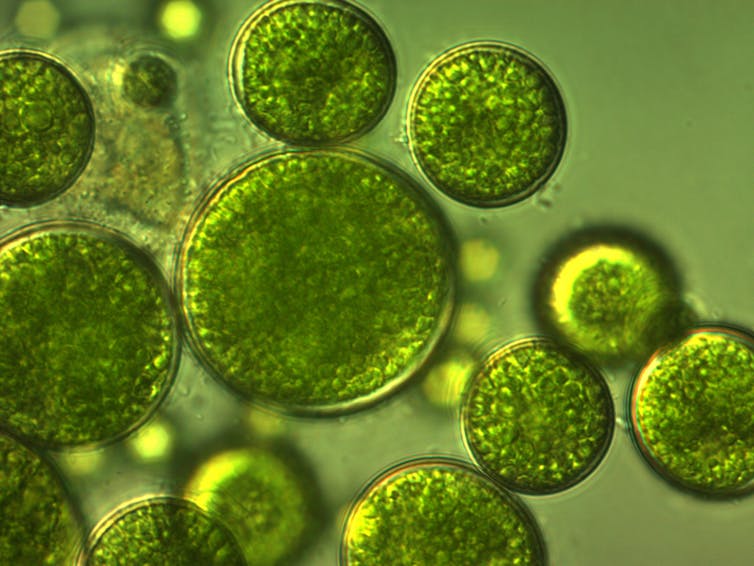UK.- Marine diatoms contribute significantly to photosynthesis in our oceans and act as the base of the food chain in many of the most productive fisheries. The process of photosynthesis in phytoplankton is affected by cell size, as the rate at availability of carbon dioxide (CO2) is much lower around large diffusion-limited cells.
To investigate how large marine phytoplankton, such as diatoms, overcome the problems of diffusion limitation, scientists at the MBA have developed techniques to measure the concentrations of inorganic carbon at the surface of individual diatom cells. By using tiny ion-selective microelectrodes, the research team were able to measure pH, oxygen and carbonate ion concentrations around the large diatom Odontella sinensis during photosynthesis. The results indicate that photosynthesis leads to dramatic changes in pH at the cell surface of individual cells. By combining these findings with cellular modelling approaches, the research team were able to demonstrate how large cells can overcome the diffusion limitation of CO2 using the enzyme external carbonic anhydrase.
These findings will help researchers understand how phytoplankton of different size may respond to the predicted changes in the availability of CO2 in future oceans.
Refernce (open):
Chrachri A, Hopkinson BM, Flynn K, Brownlee C, Wheeler GL (2018). Dynamic changes in carbonate chemistry in the microenvironment around single marine phytoplankton cells. Nature Communications. 9:74. doi:10.1038/s41467-017-02426-y
https://www.nature.com/articles/s41467-017-02426-y
Source: Marine Biological Association
Editor at the digital magazine AquaHoy. He holds a degree in Aquaculture Biology from the National University of Santa (UNS) and a Master’s degree in Science and Innovation Management from the Polytechnic University of Valencia, with postgraduate diplomas in Business Innovation and Innovation Management. He possesses extensive experience in the aquaculture and fisheries sector, having led the Fisheries Innovation Unit of the National Program for Innovation in Fisheries and Aquaculture (PNIPA). He has served as a senior consultant in technology watch, an innovation project formulator and advisor, and a lecturer at UNS. He is a member of the Peruvian College of Biologists and was recognized by the World Aquaculture Society (WAS) in 2016 for his contribution to aquaculture.




